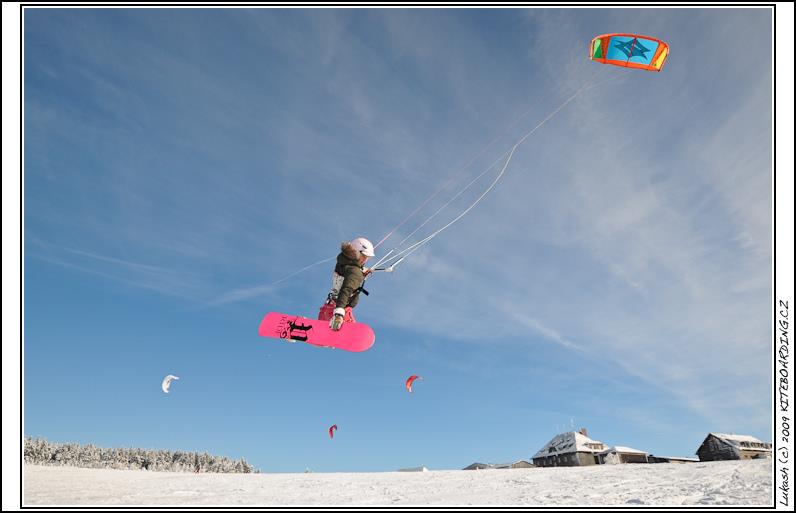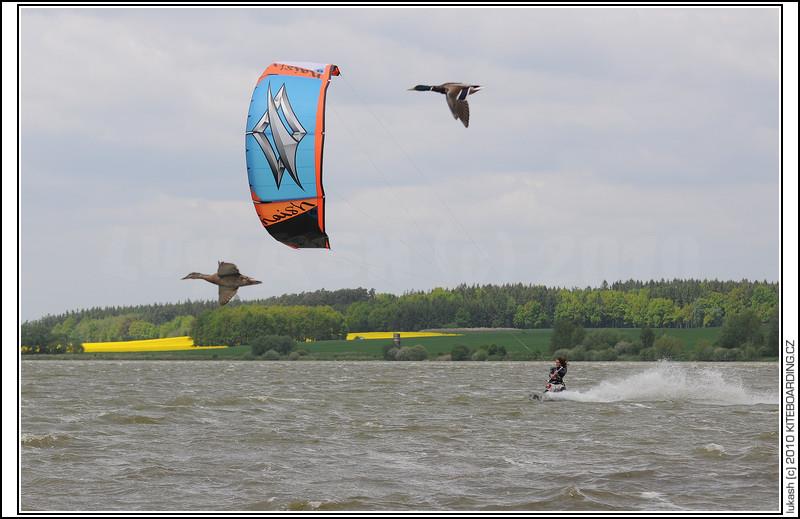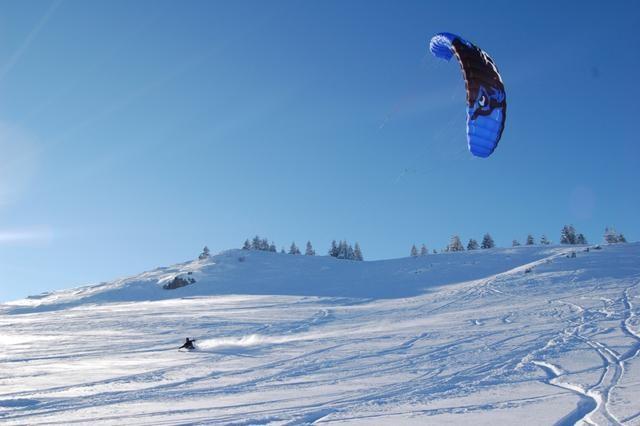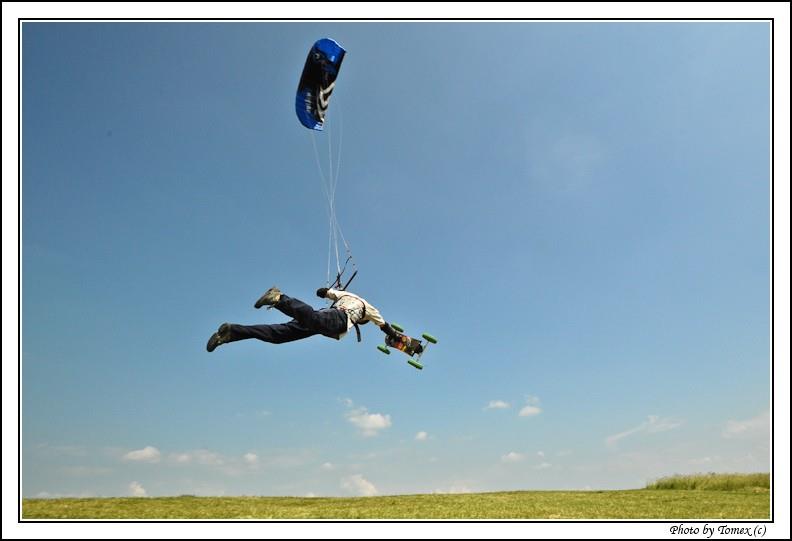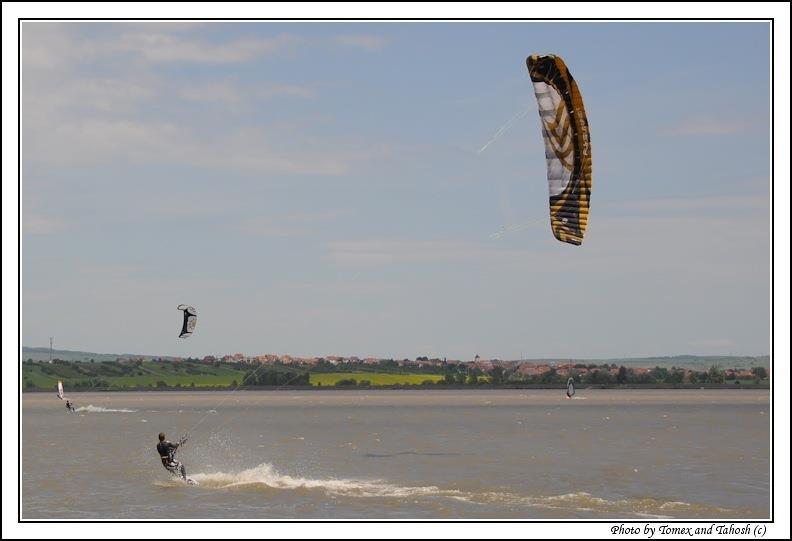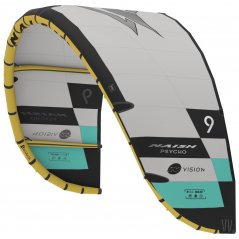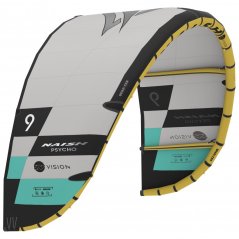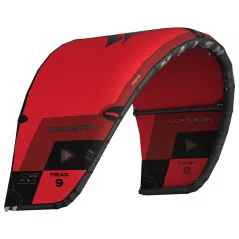How to choose the kite?
If you are interested in buying your first own kite, but you do not know what kind of kite you will need, just read this article. We will give you some handy advice and explain the difference between kites.
Basically, there are four types of kites
- Inflatable (LEI – leading edge inflatable)
- Open cell kite with an open leading edge
- Closed cell kite with a closed leading edge
- Single skin
As it is evident according to the names, the main difference from each other is in the structure of a kite. Every kite has its specific features, pros and cons and resulting application suitability.
Inflatable kite for kiteboarding fools
Inflatable kite, for example Naish Park, is typical for its solid construction formed by inflating it by manual air pump. Inflatable kites were created mainly for the summer season – kitesurfing. The inflated structure provides the ability that the kite does not sink and holds the required shape for easy restart of the kite from the water. This type is also used on the snow, logically cause it could be and is suitable also for snowkiting.
The main disadvantage of using inflatable kite on a snow is the fact that some kite brands could start from snow problematically and in comparison to the cell kite takes the “getting ready” (inflation and steering lines) and also disassembling of the kite little more time. And another problem is that especially for kite beginners the inflatable kite durability is much smaller than cell kite. Pulling inflated structure of a kite on a snow may damage the kite. Moreover packed inflatable kite is in comparison to the cell kite a little bulkier and also it is necessary to carry the pump everywhere. On the other hand, the development of those kites is much farther (for top brands compared to the conventional cell kites). They are extremely accurate in handling, have wide range of acceptable wind power and they have on a high level their resistance to the wind gusts.
Inflatable kites could be recommended for those who are interested in kitesurfing on water and during the winter they prefer kiting on -what fits best- and do not want to spend unnecessary money for further snowkiting equipment.
Open leading edge cell kite for pure snowkiters and landkiters
As a counterpoint to the inflatable kites were designed cell kites that are similar to the paragliding parachutes. The shape of those kites is given by the system of self-inflating cells. For open cells, for example Petter lynn Lynx, these cells on the leading edge are opened.
The advantage of open cells is that kite is “inflated” (using the wind) quickly and easily and also in comparison to the closed cell kite it has more power. Compared to the inflatable kite the damage resistance during the snowkiting is much better, so as packing factor and assembling. Also restart on a snow is without troubles. Today’s best kites allow kiting in large range of the wind due to using depower systems (adjusting power of the wind), the controlling is very precise and the durability on the snow is great. Open cell kite is simply ideal for 100% snow kiters and landkiters. In summer the kitesurfing on water is possible with open cell kite but we recommend rather not trying it, cause right after falling to water the cells will be flooded and you would not get kite back up into the air.
Closed cell kite for snowkiters interested in kitesurfing
This kite differs from the open cell kite especially by closed design of the leading edge, where the open cells are replaced by the system of holes that allows to the air flow into the cells, but prevents from the air leakage. But the most important thing is that they prevent from pouring water into the cells in case of falling in water. If the water gets into the cells, special kites such as Flysurfer kite Speed 5 or Peter Lynn Charger, have built-in outflow system. This closed cell kite could be used on water without any problems and moreover, restarting this kite is very easy. But be careful, not every closed cell kite is suitable for water because some producers make closed cell kites for snowkiting and do not have features for using on water!
The higher cost of a closed cell kite in comparison to the open cell kite is due to the better stability in the wind gust. There is no “tangling” and unwanted kite fall to the ground. The biggest advantage was already mentioned – the possibility of using the kite on a water. So the snowkiters that are interested in summer kitesurfing stuff and do not want to spend unnecessary money for the double equipment (summer and winter) surely prefer closed leading edge kite.
Single skin kite
What the hell is this?? Kite, that looks like a closed cell but with ripped lower part? Yes, this is a kite formed only by one fabric layer with reinforced leading edge and does not have any chambers. Just a piece of rag… It is a great and for several years proved design with big depower, so single skin kiter may have just one size of a kite in most conditions. Representatives are for instance Peter Lynn Uniq and Flysurfer Peak2. Advantages: extreme damage resistance and incredibly easy to restart. Disadvantages: Can be used just for snowkiting, landkiting and buggykiting. It is unable to restart the kite from the water.
There may be some new revolutionary solutions and perspectives on the future of kite equipment for snowkiting or kiteboarding. Well, check it out, where the kiting world is going :-)
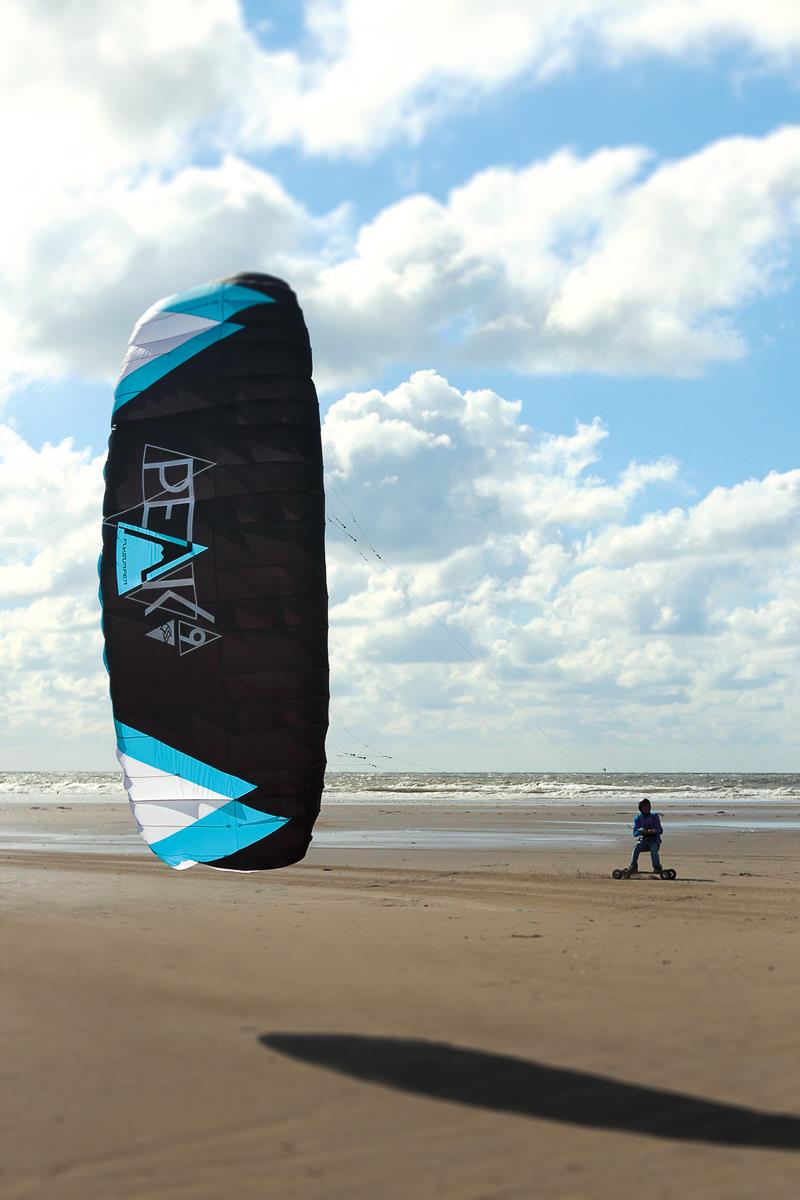

It is really flying, isn´t it?
Text: Petr, HARAKIRI kite kurzy


